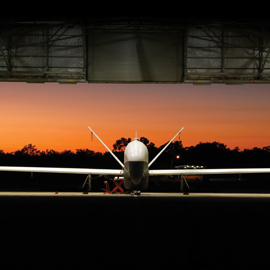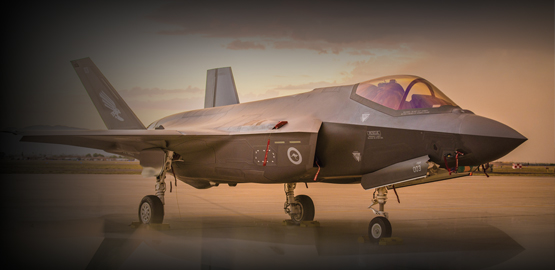Publications
"Nobody does defense policy better than CSBA. Their work on strategic and budgetary topics manages to combine first-rate quality and in-depth research with timeliness and accessibility—which is why so many professionals consider their products indispensable." – Gideon Rose, Editor of Foreign Affairs, 2010-2021
After ISIS: U.S. Political-Military Strategy in the Global War on Terror
Sooner or later, and probably within the next few months, the United States and its coalition partners will defeat the Islamic State in Iraq and al-Sham (ISIS) militarily, by collapsing its control of key areas in Iraq and Syria.
Statement Before the House Armed Services Committee on Future Fleet Architecture Studies
Chairman Wittman, Ranking Member Courtney, and distinguished members of the committee: thank you for inviting me to testify today on the architecture and operations of the future fleet. This subject is both important and timely.
Improved Conventional Munitions Policy
The United States is unilaterally divesting itself of its cluster munitions by 2018. It is doing so based on a 2008 policy decision to comply with the Oslo Treaty, which restricts the use of cluster munitions, even though the United States is not a signatory to this treaty.
U.S. Strategy for Maintaining a Europe Whole and Free
From the mid-1930s through the Cold War, Europe was critical to U.S. strategic thinking, which developed around the assumption that foreign domination of Europe was inimical to U.S. national security. With the end of the Cold War, the United States sought to forge a Europe that was “whole and free.” However, since Putin has returned to office, he has launched a determined effort to reassert Moscow’s influence in areas formerly under Soviet control.
Statement Before the Senate Armed Services Committee on Reshaping the Military
Chairman McCain, Ranking Member Reed, thank you for inviting me to testify today on this important and timely subject. The United States is at an inflection point in its national security. After enjoying almost three decades of military superiority, the United States now faces competitors with strategies and capabilities that could circumvent, undermine, or defeat the defense posture and forces of America and its allies. In some regions and mission areas, the U.S. military is already behind those of its potential adversaries. If we fail to reshape our military and implement new ways to deter aggression, respond to provocation, suppress terrorism and insurgency, and protect the homeland, we risk the security assurances upon which our alliances are based and, with them, the security and economic health of the United States.
Restoring American Seapower: A New Fleet Architecture for the United States Navy
The United States faces a very different set of security challenges than it has since the Cold War. Great power competitors such as China and Russia improved their military capabilities over the last two decades while America focused on Middle East insurgencies, and now appear willing to challenge the international order.



























